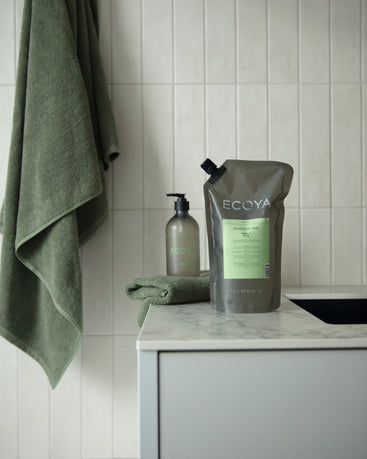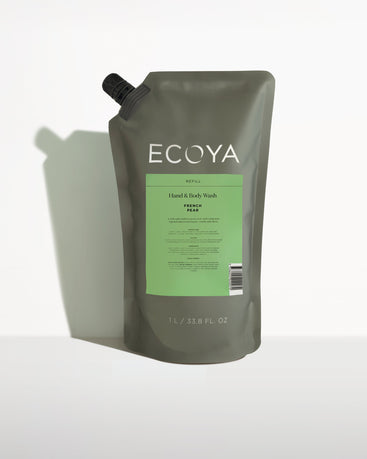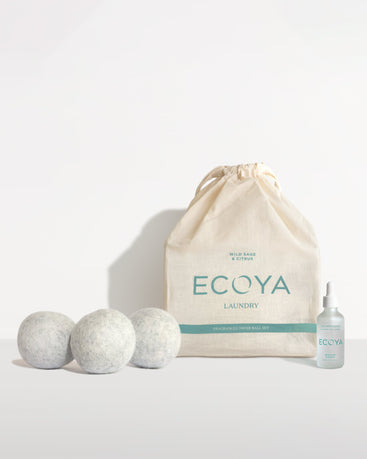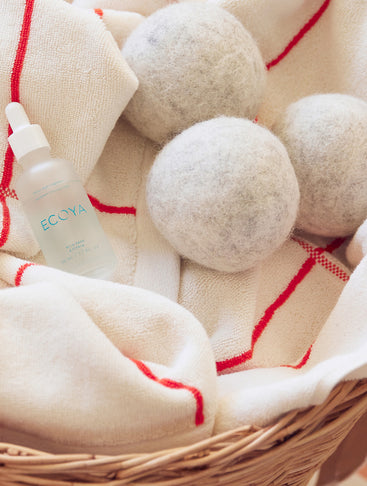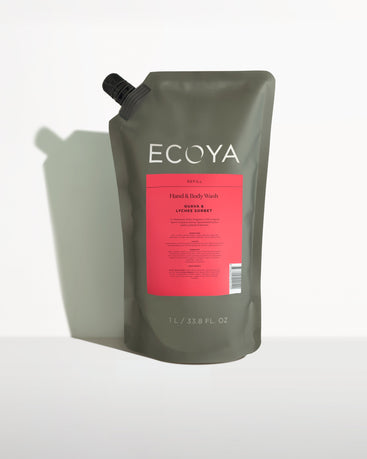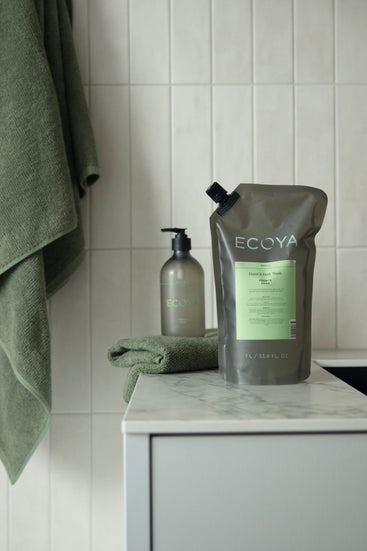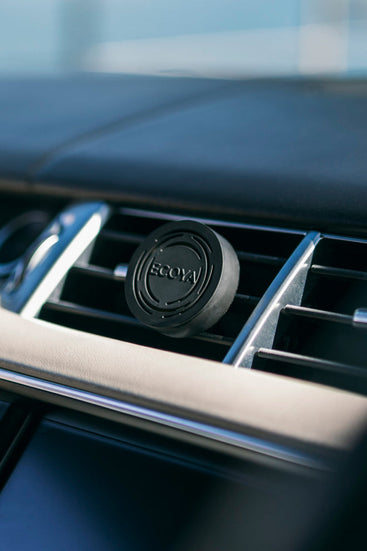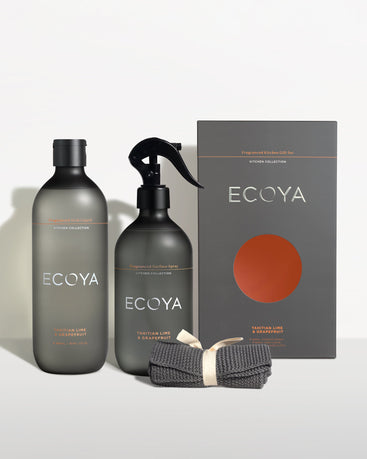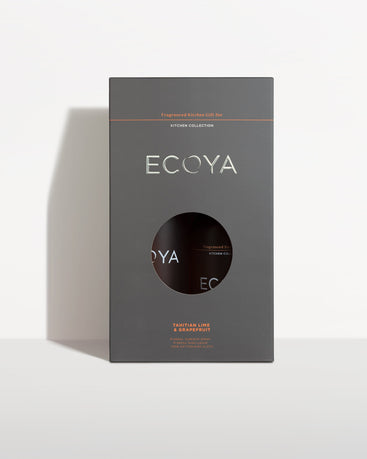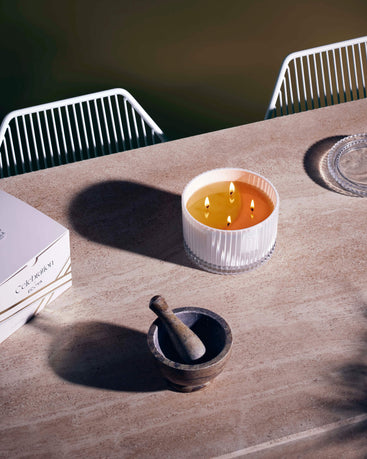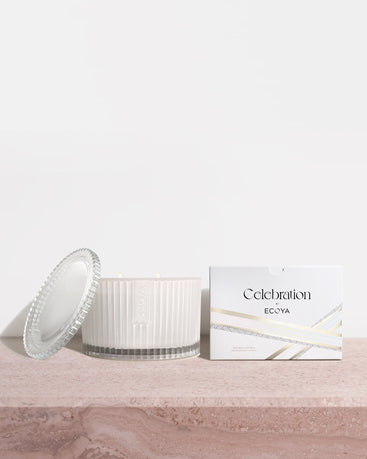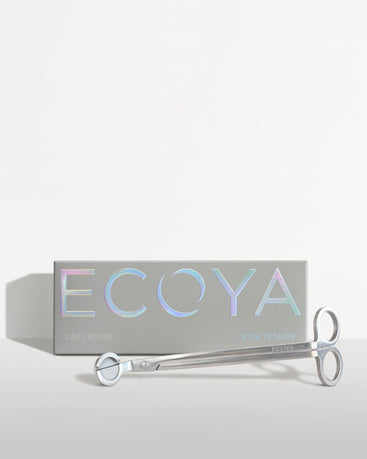What is Coral IVF? By the Great Barrier Reef Foundation
This world-leading technique could be key to restoring and repairing damaged coral populations on the Great Barrier Reef and around the world.
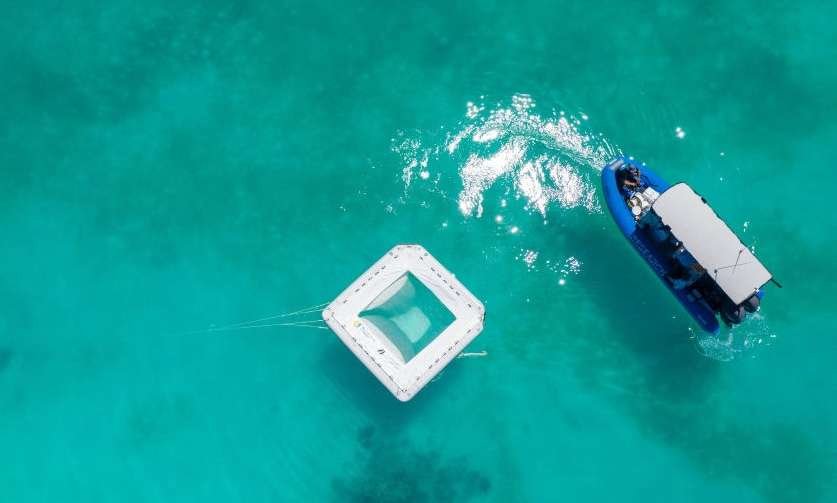
Coral IVF is a world-leading technique to grow baby corals and use them to restore damaged coral reefs.
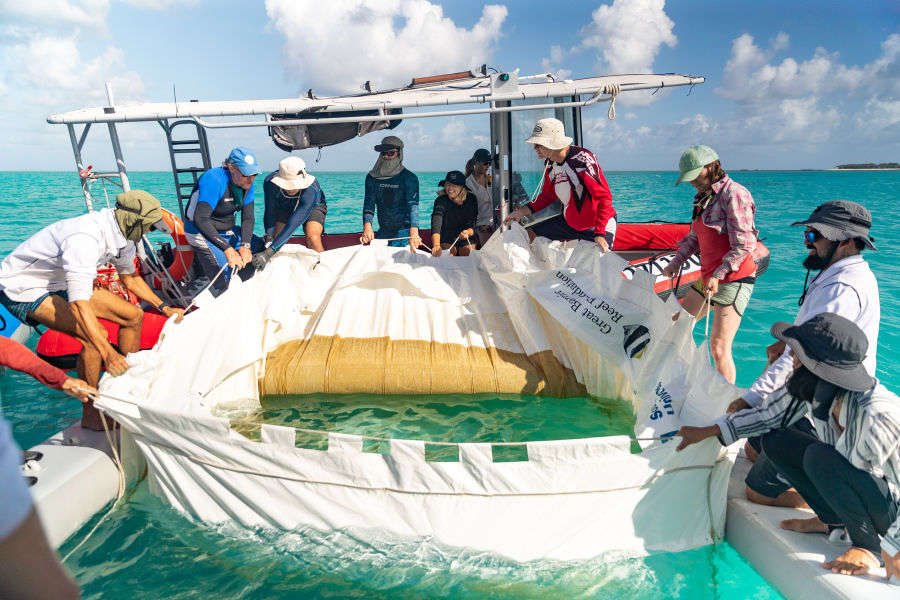
CREDIT: SOUTHERN CROSS UNIVERSITY.
How do corals reproduce?
Once the bundles have been released, they rise to the ocean’s surface where fertilisation begins and baby corals are formed. From here, a budding coral’s challenges are just beginning. By spawning on mass, corals increase the likelihood of finding a matching bundle from the same species to fertilise. Other external factors like ocean currents and predation can impact their chances of finding their mate on the surface, which is why we’re using methods like Coral IVF to increase their chances of love.
Spawning events are an exciting and busy time of year for Reef scientists, providing them with an opportunity to fast-track world-leading restoration efforts. They are also an extraordinarily narrow window for reef research and restoration efforts, reproducing for just a few days each year. Research teams work around the clock to collect spawn, and use it to grow new, resilient corals on the Reef or in special aquariums on land.
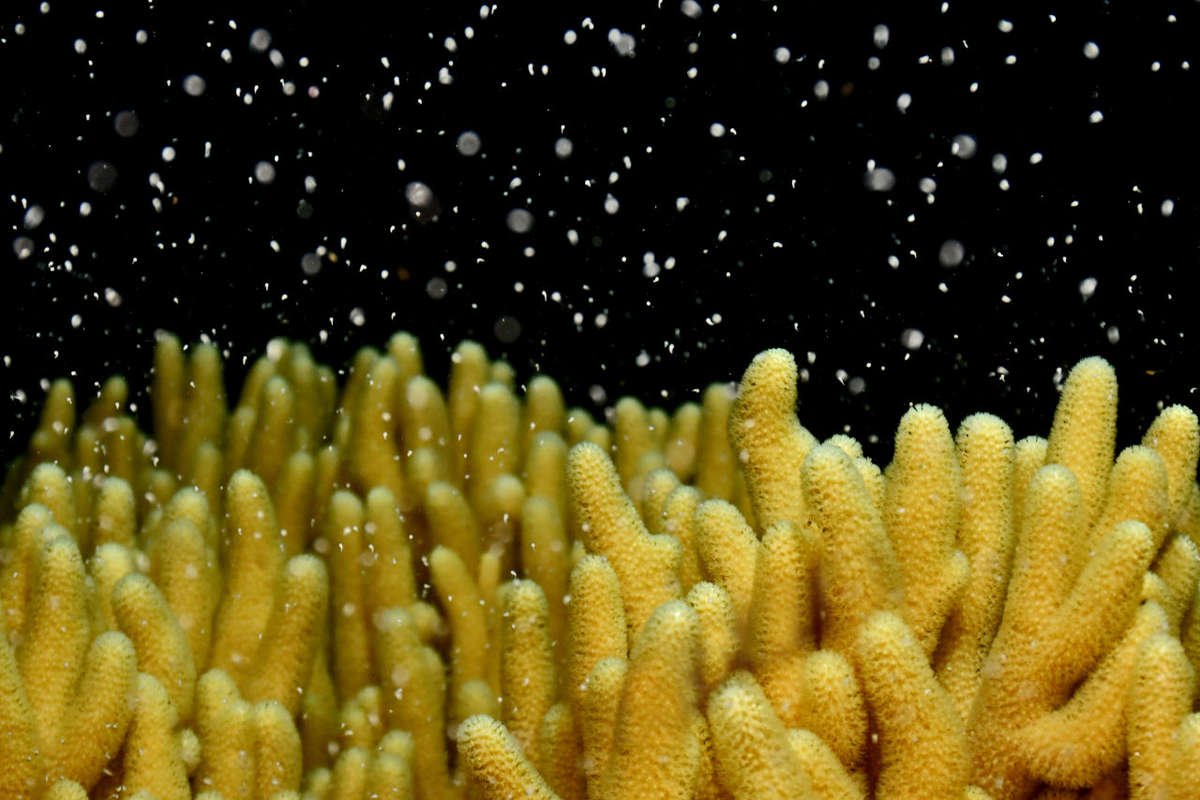
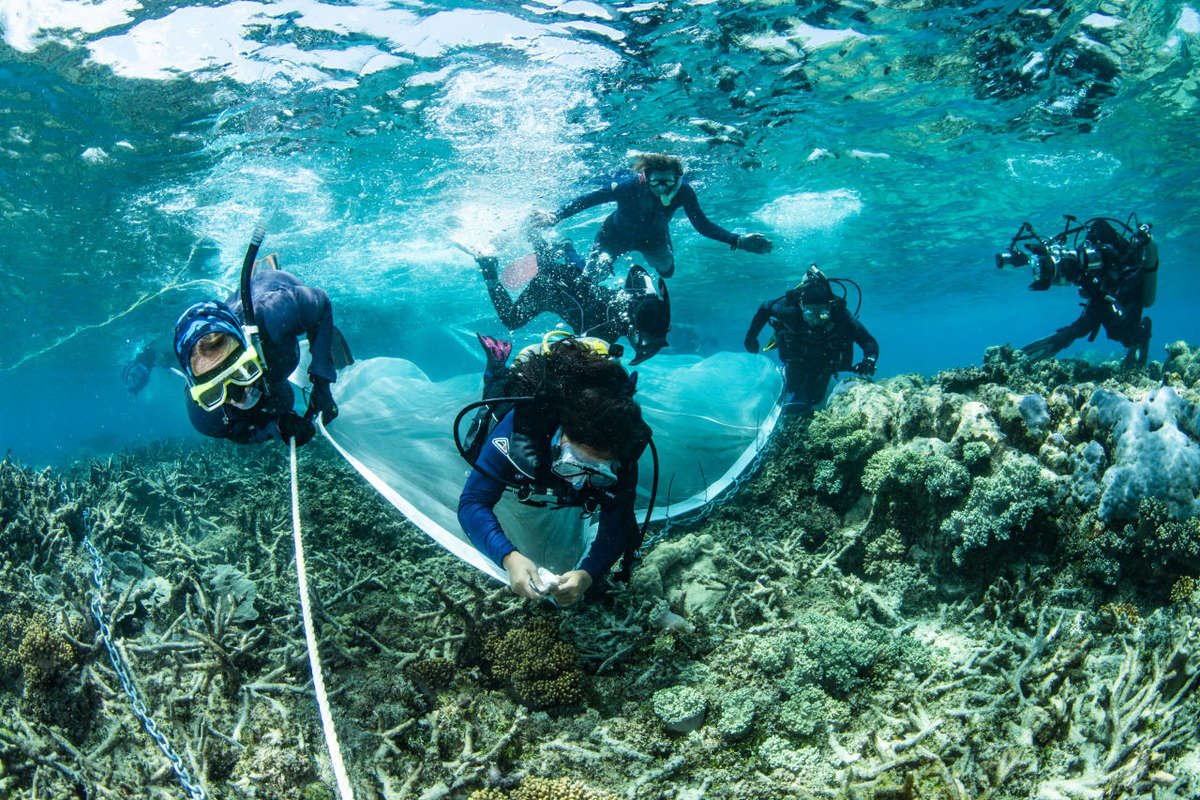
Does Coral IVF work?
Why is Coral IVF important?
To help the Reef recover, we have more than 100-Reef-saving projects underway right now and the world’s largest coral reefs program. We are developing, testing and deploying new techniques to protect and restore coral reefs at scale and help them resist and adapt to a changing climate. Coral IVF is just one of the innovative ways we’re getting the most out of coral spawning.
https://www.barrierreef.org/news/explainers/what-is-coral-ivf










